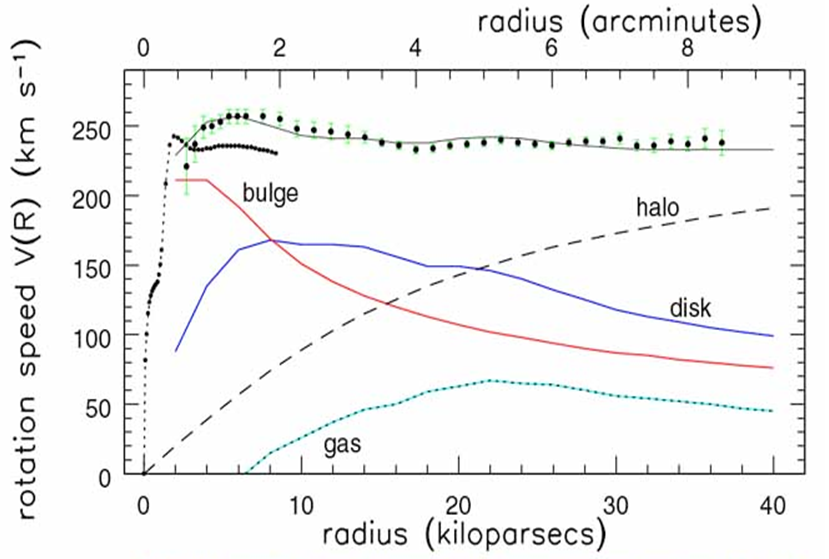I have a simple question regarding galactic rotation curves. I know they are studied mostly using 21 cm emission of Hydrogen in the outer regions and with CO emissions in the inner regions, but why do the velocities slightly differ? See this one for example and don't mind the disc, bulge, gas, and halo curves:

This is from Sparke & Gallagher's Galaxies in the Universe (Amazon link). The figure caption says,
Points give the rotation curve of NGC 7331, as found from the HI map of Figure 5.13; vertical bars show uncertainty. CO gas (dotted), observed with a finer spatial resolution, traces a faster rise. The lower solid curves show contributions to V(R) from the gas disk, the bulge, and the stellar disk. A dark halo (dashes) must be added before the combined rotation speed (uppermost curve) matches the measured velocities – K. Begeman and Y. Sofue
